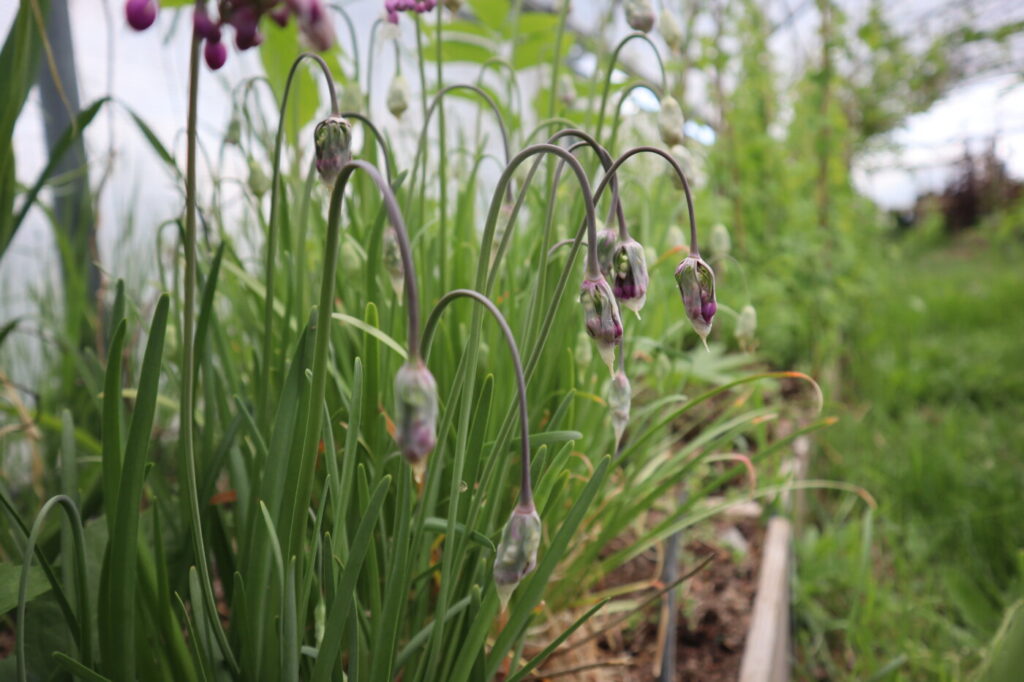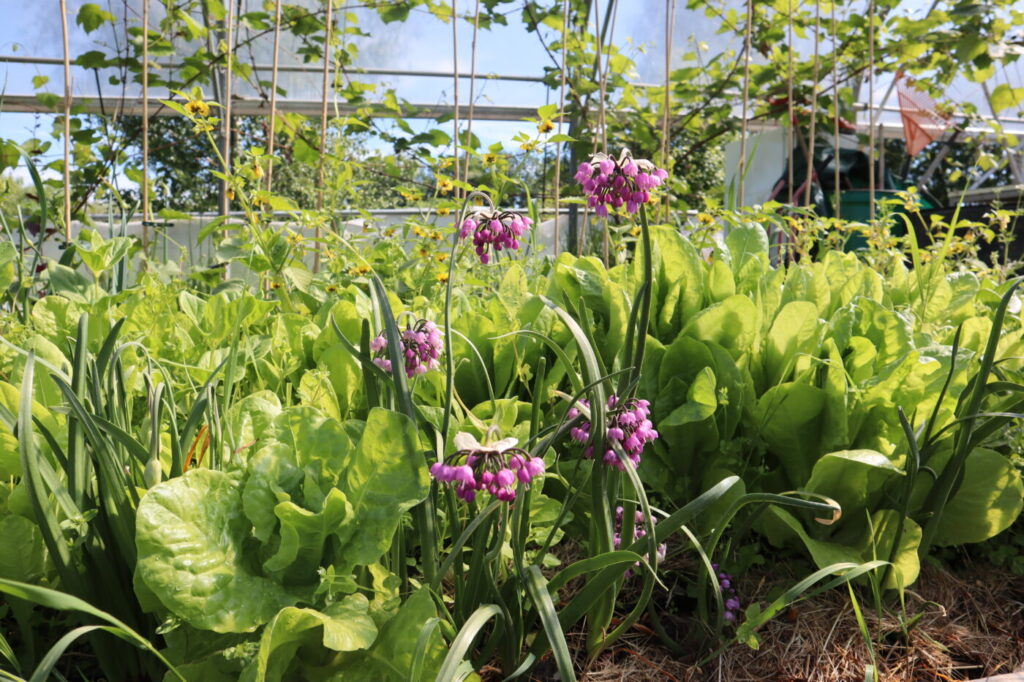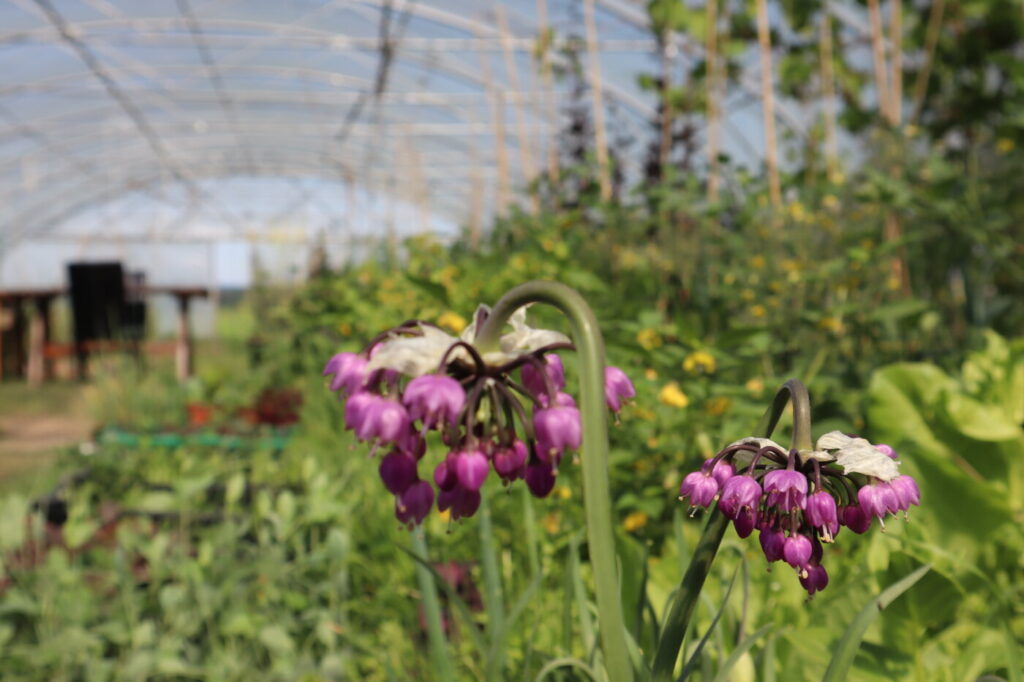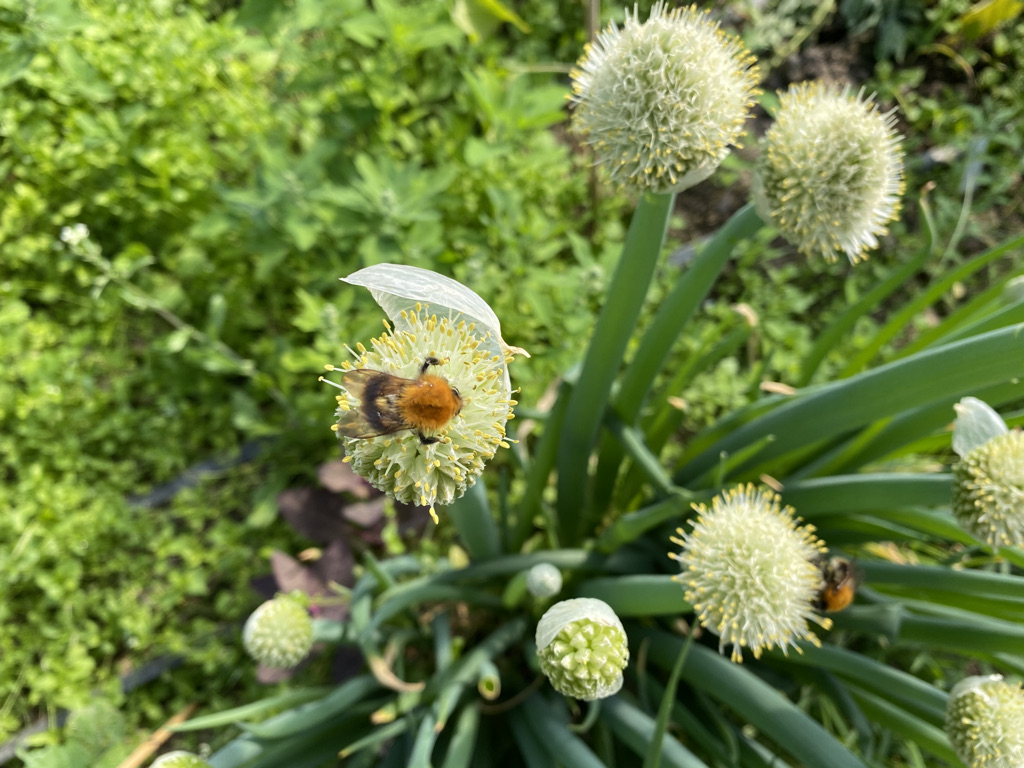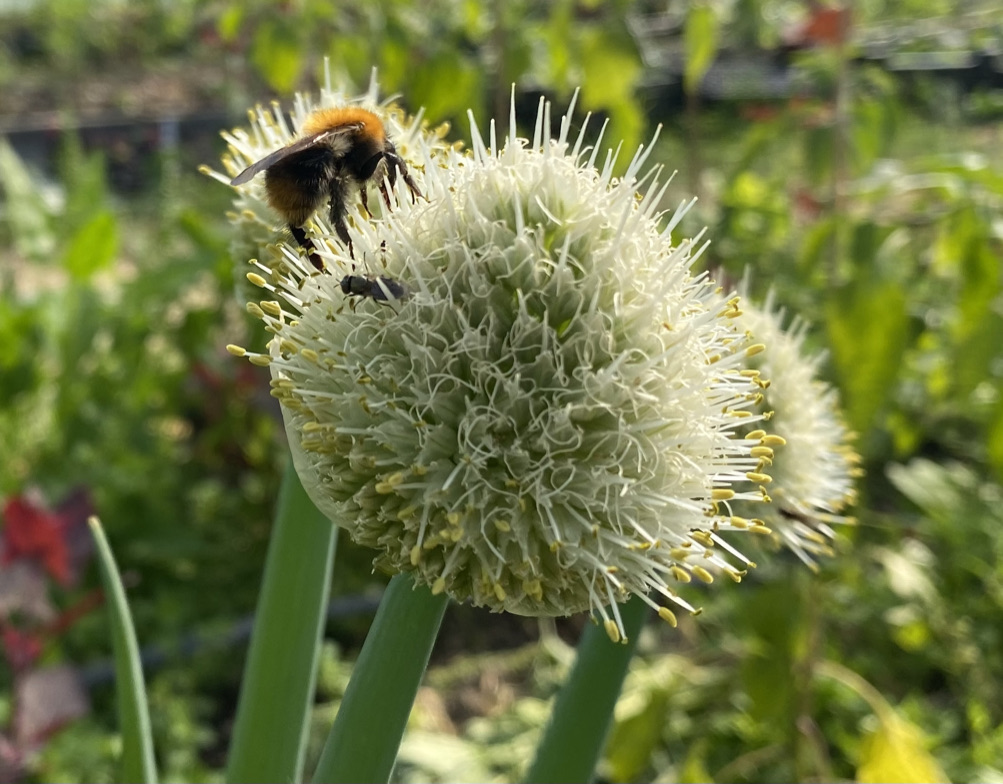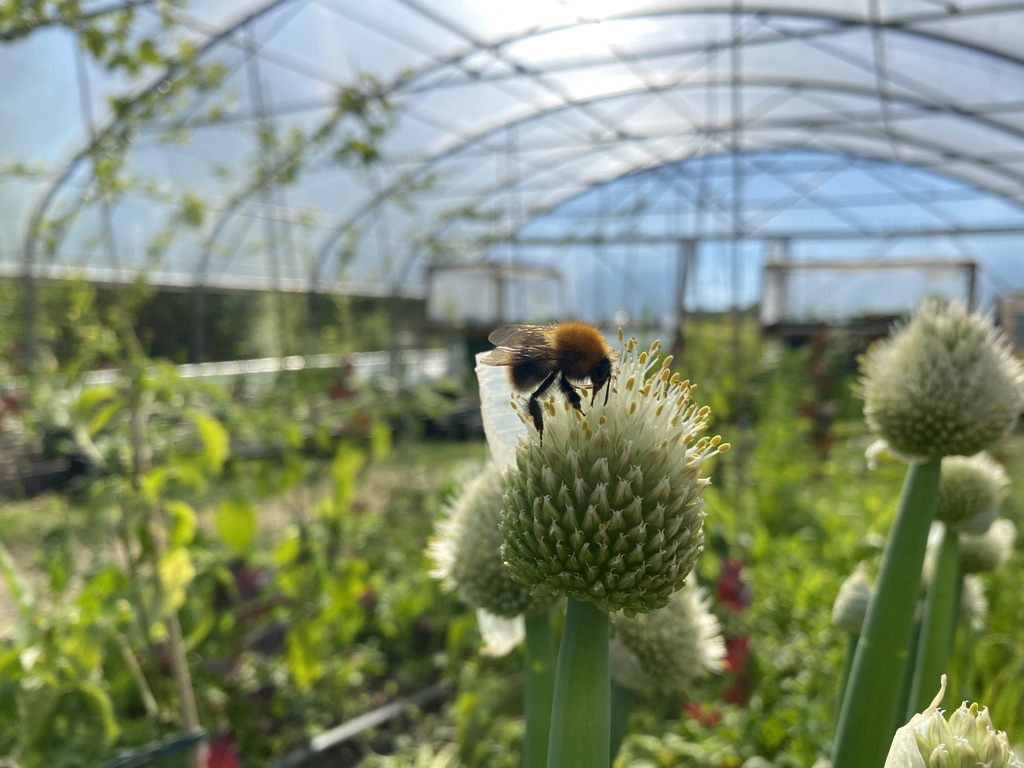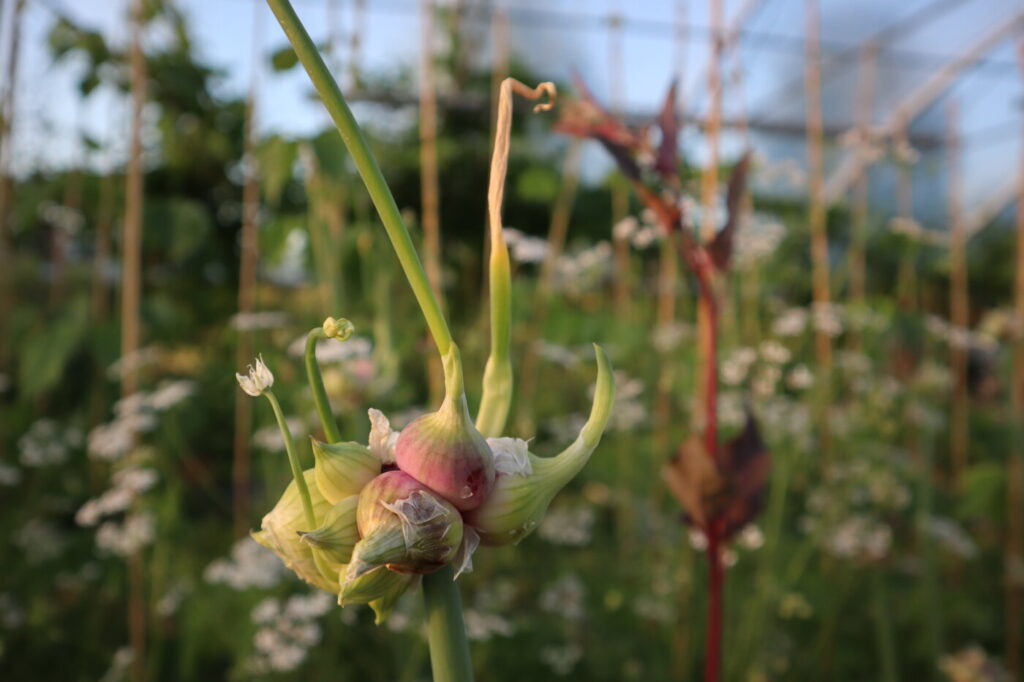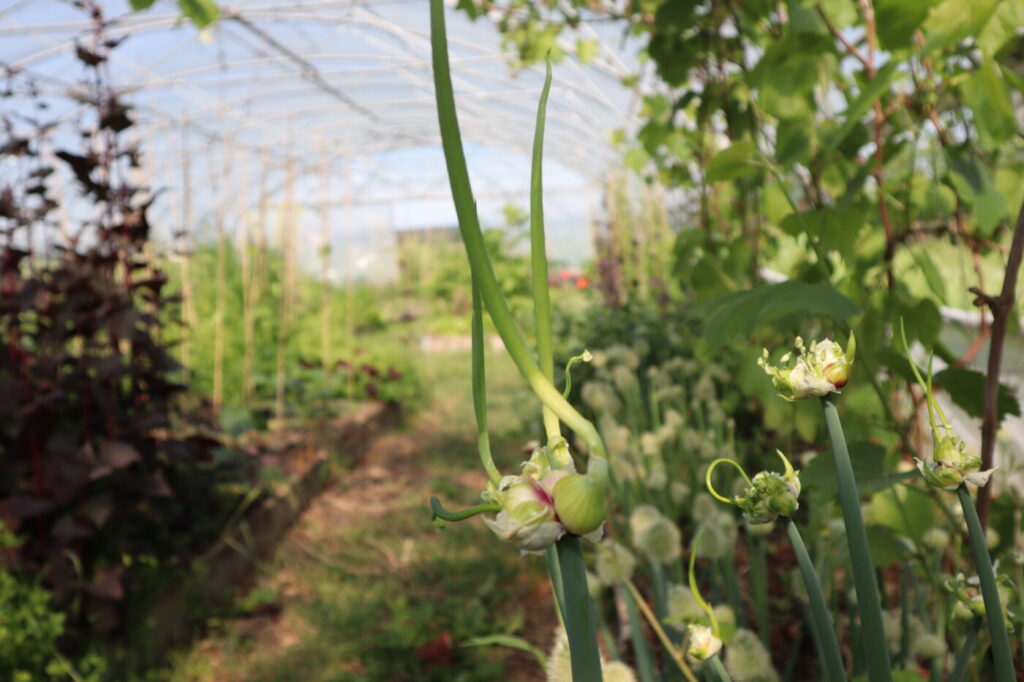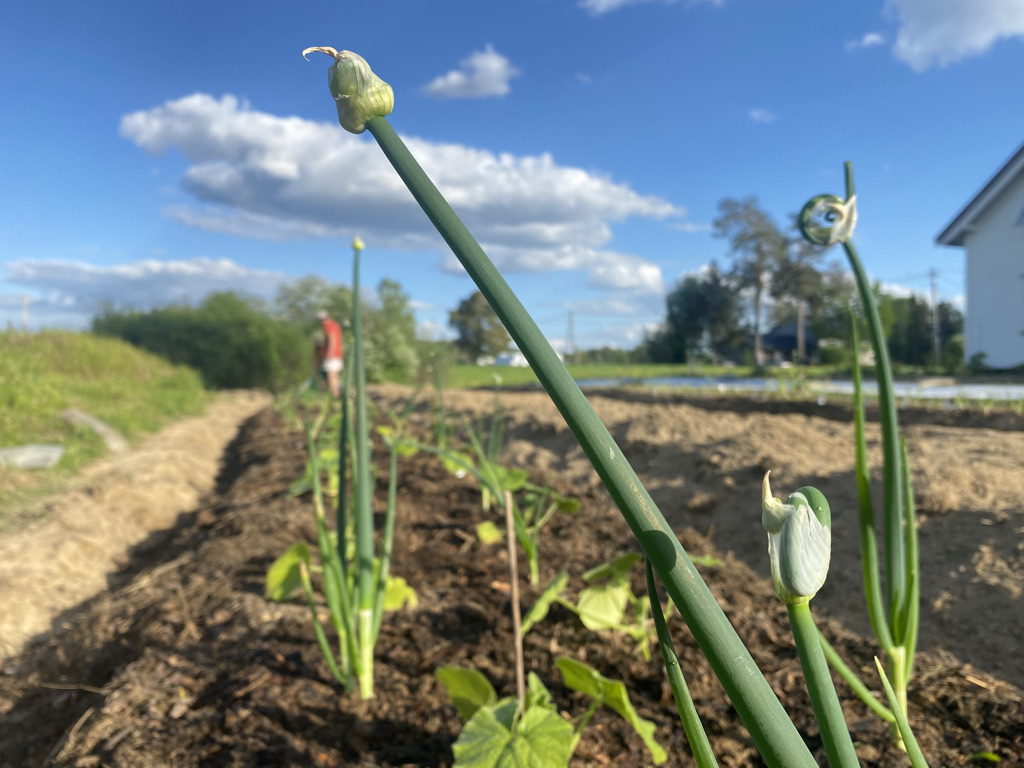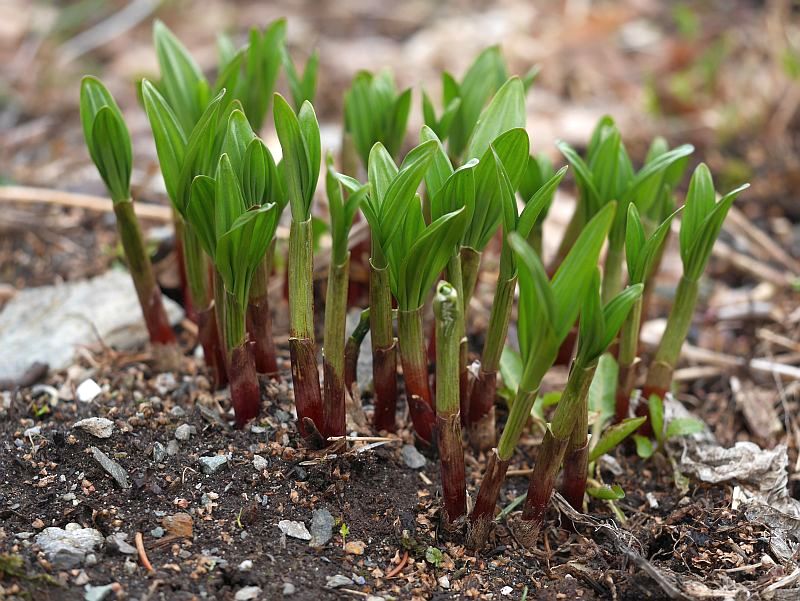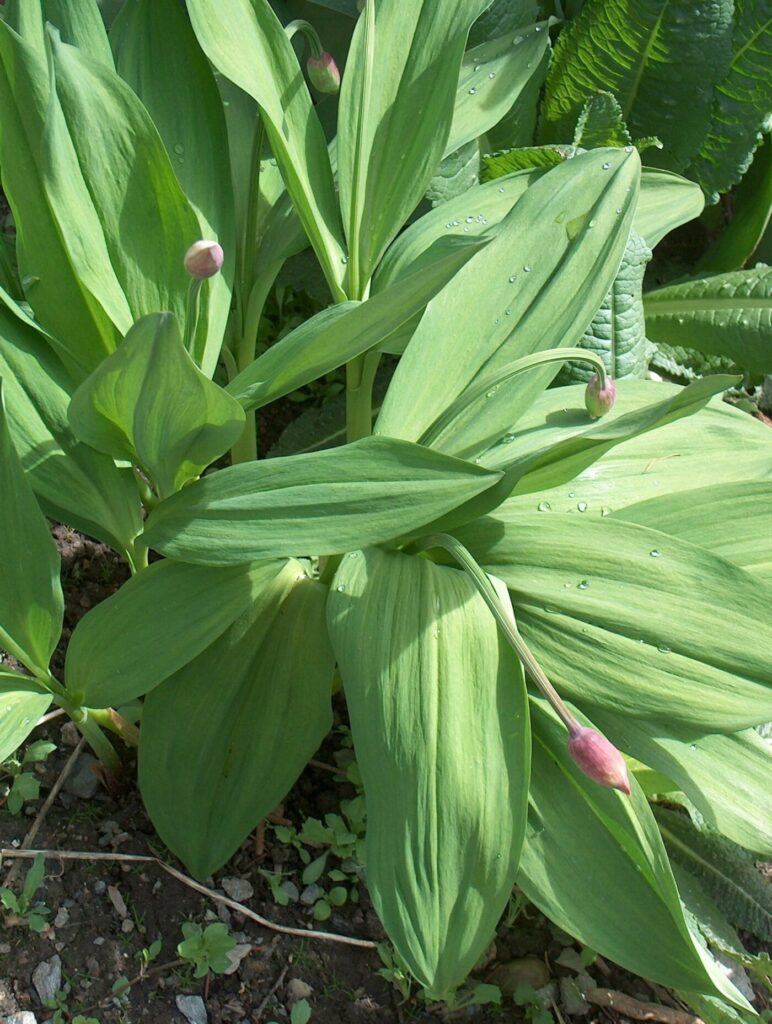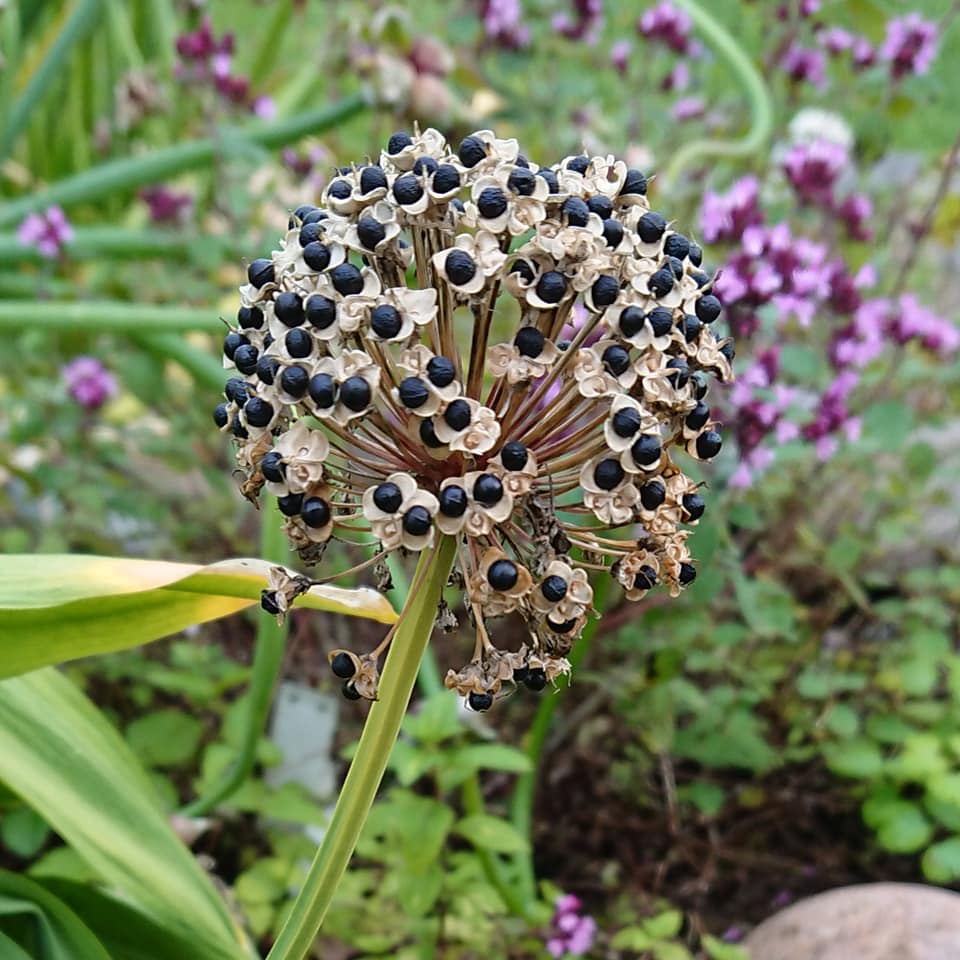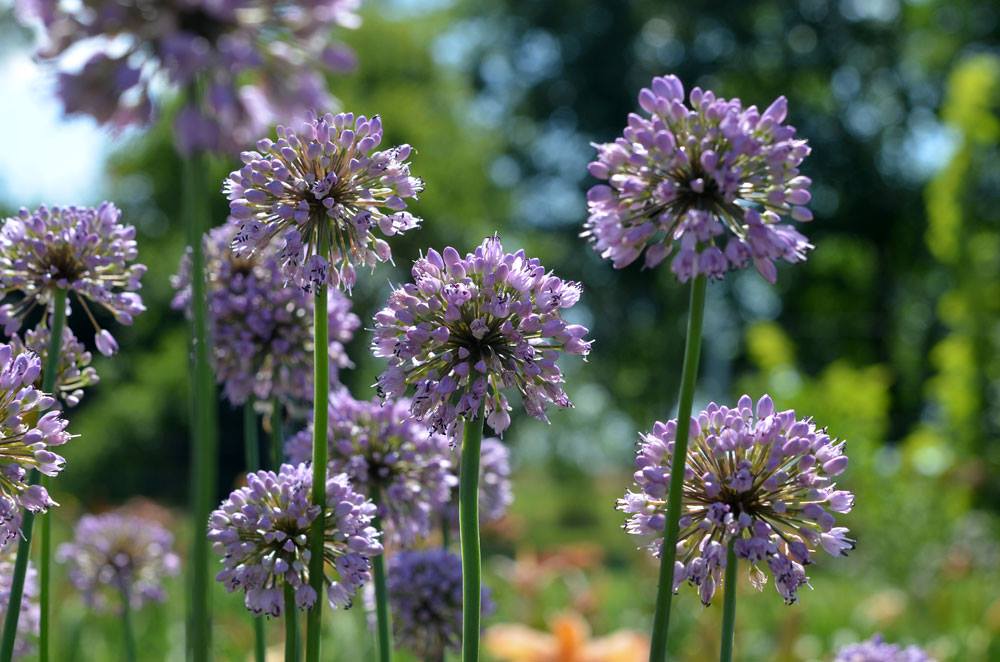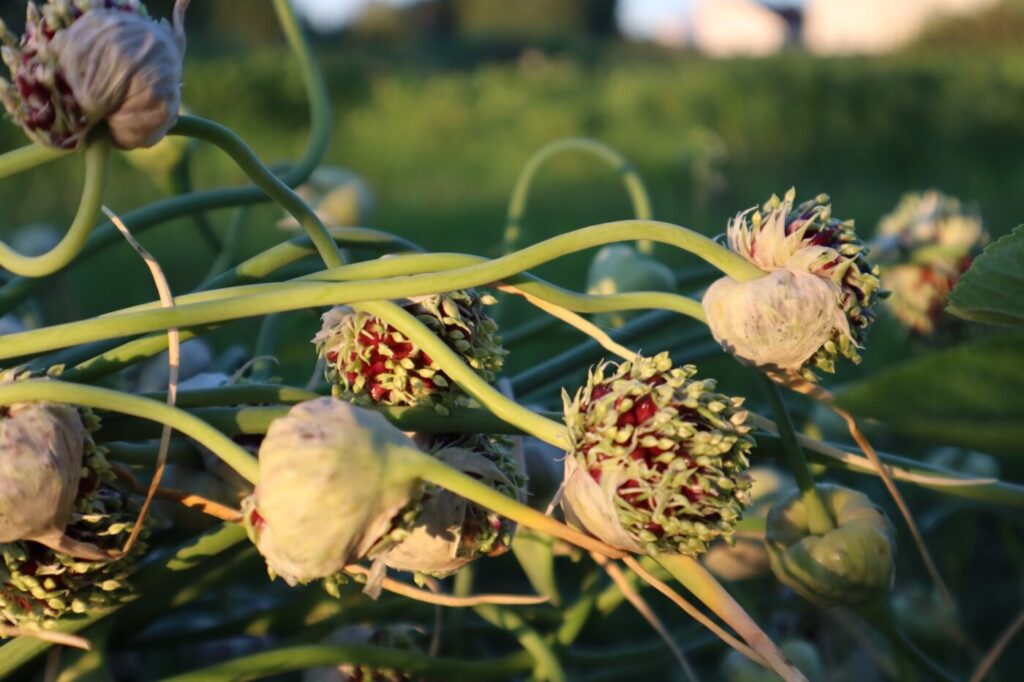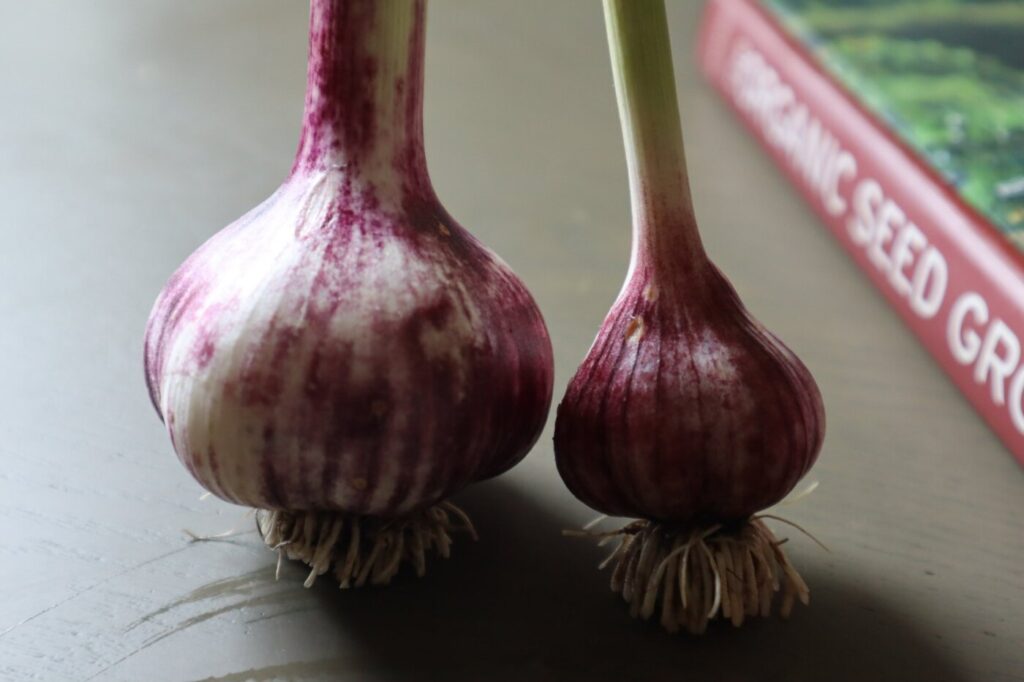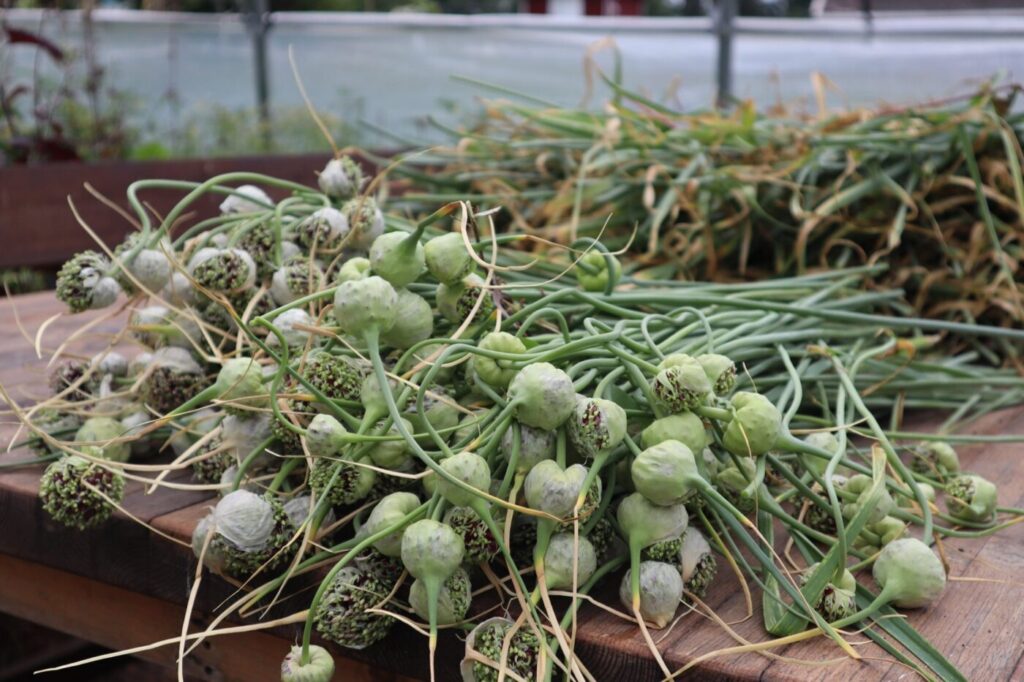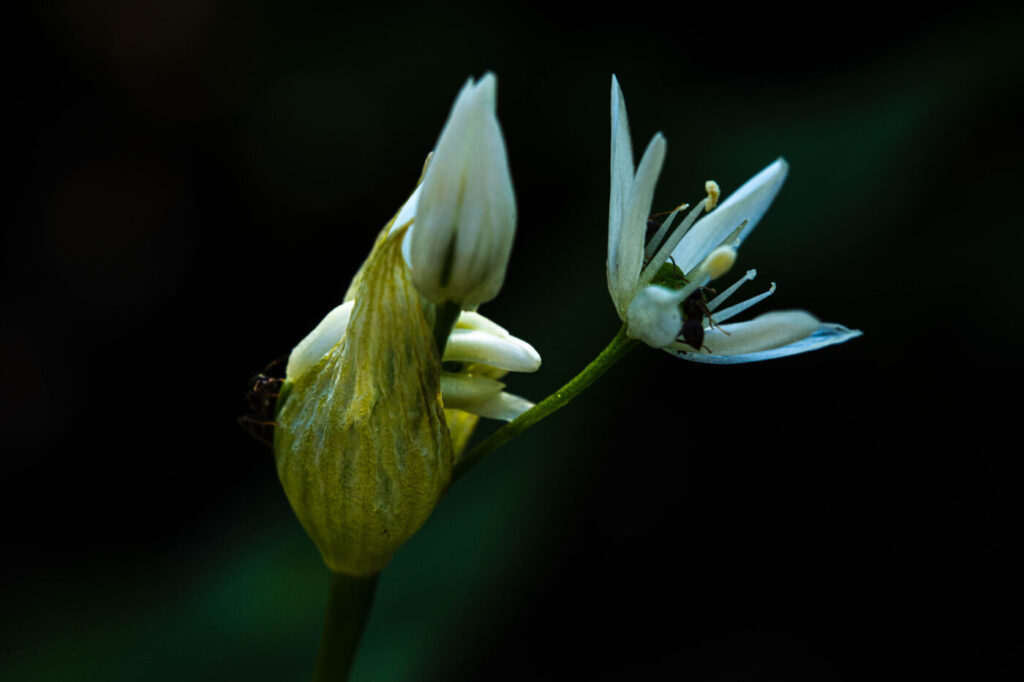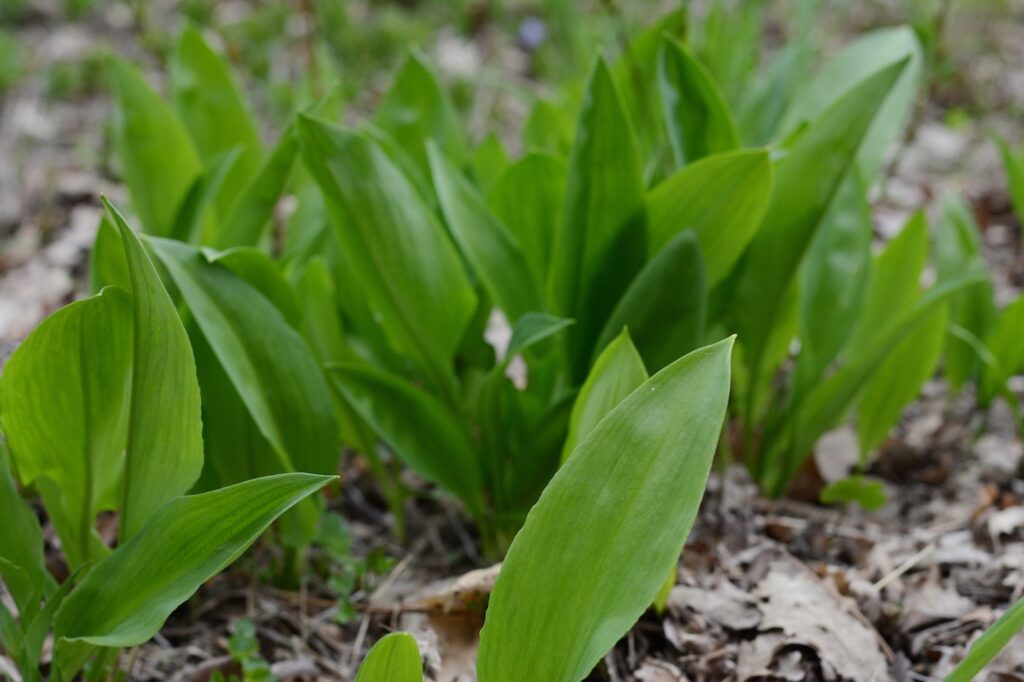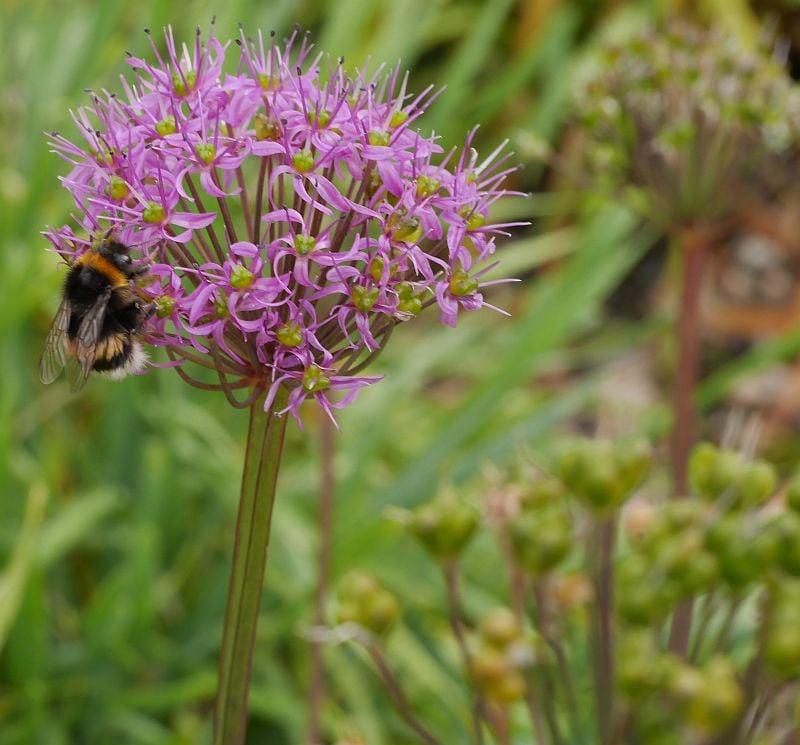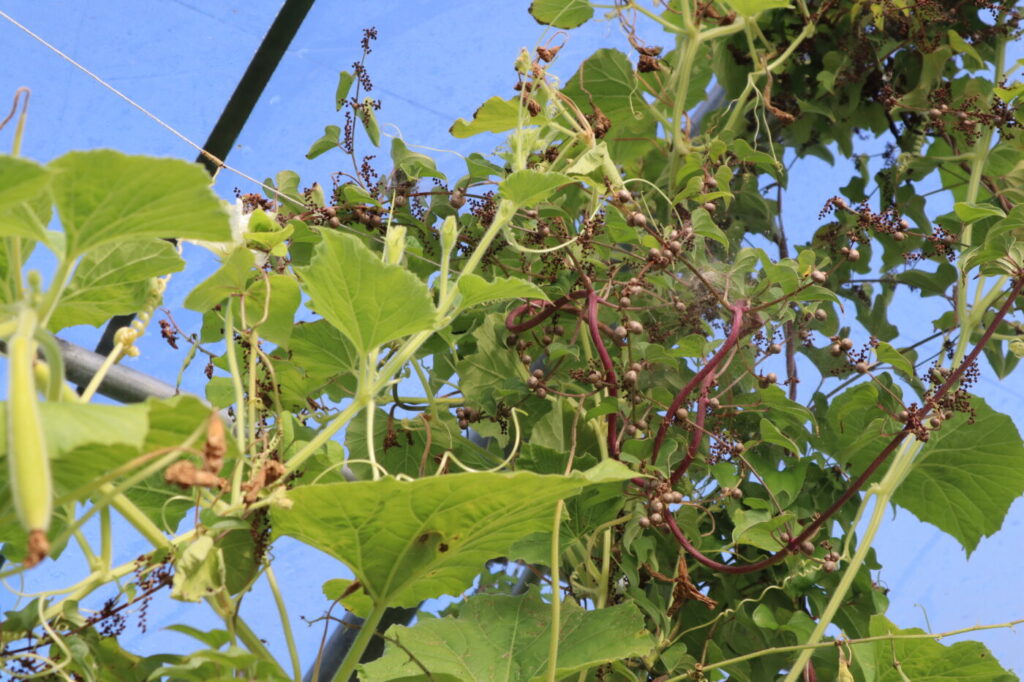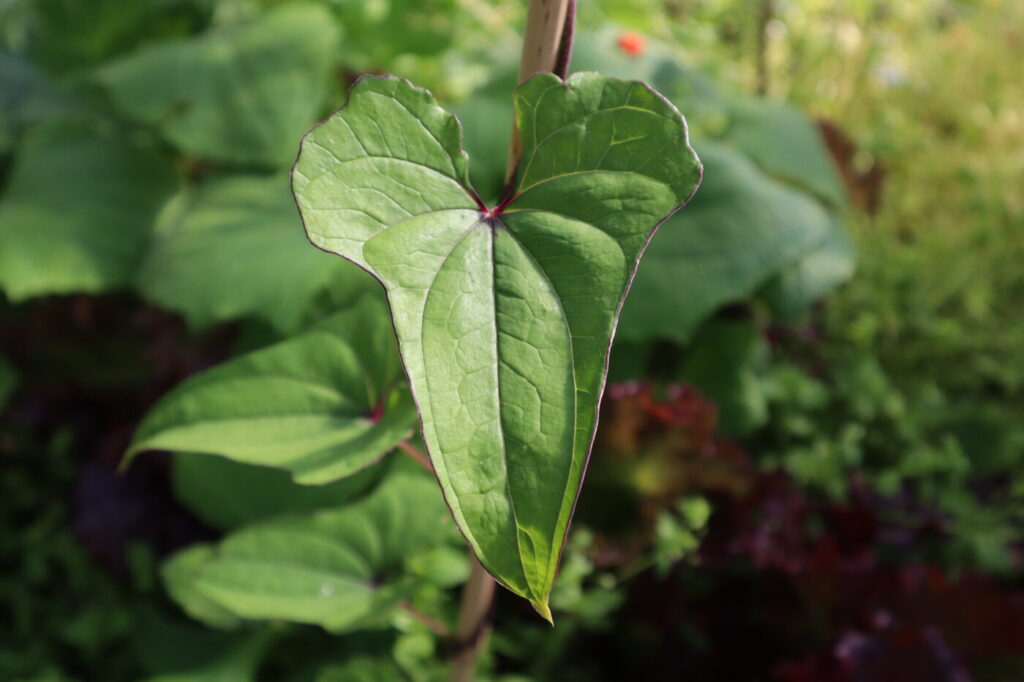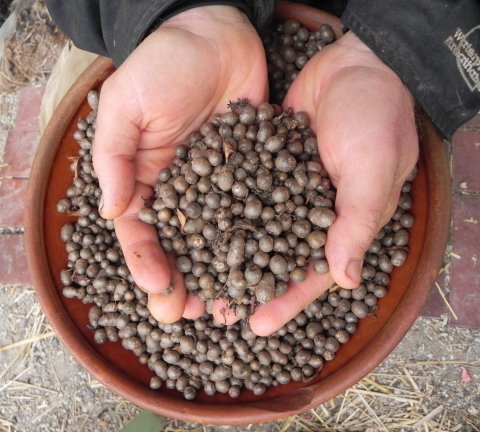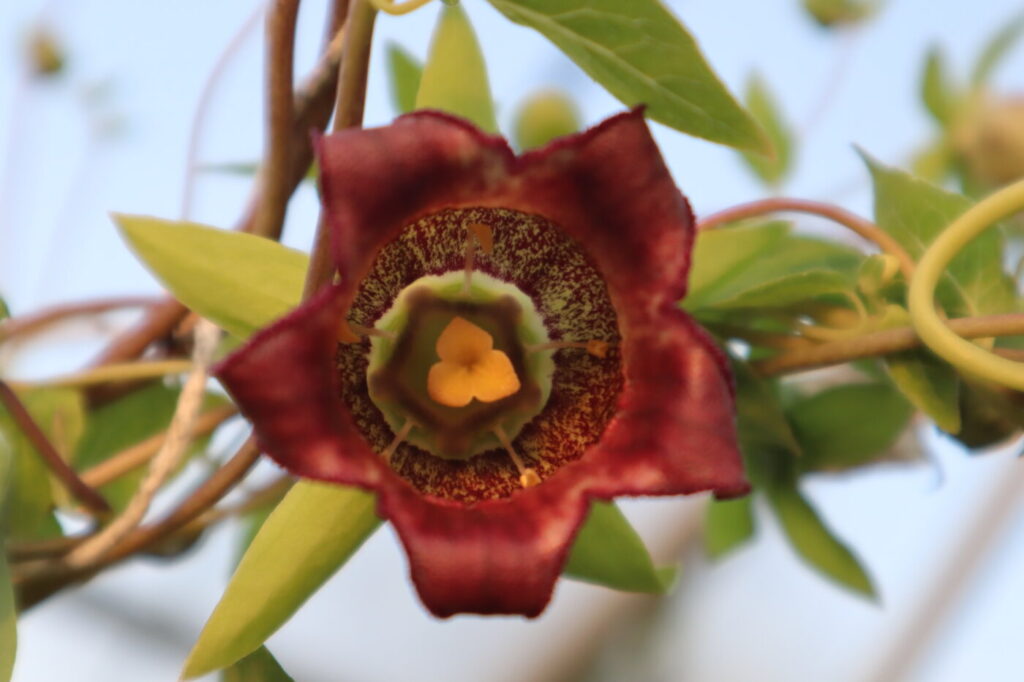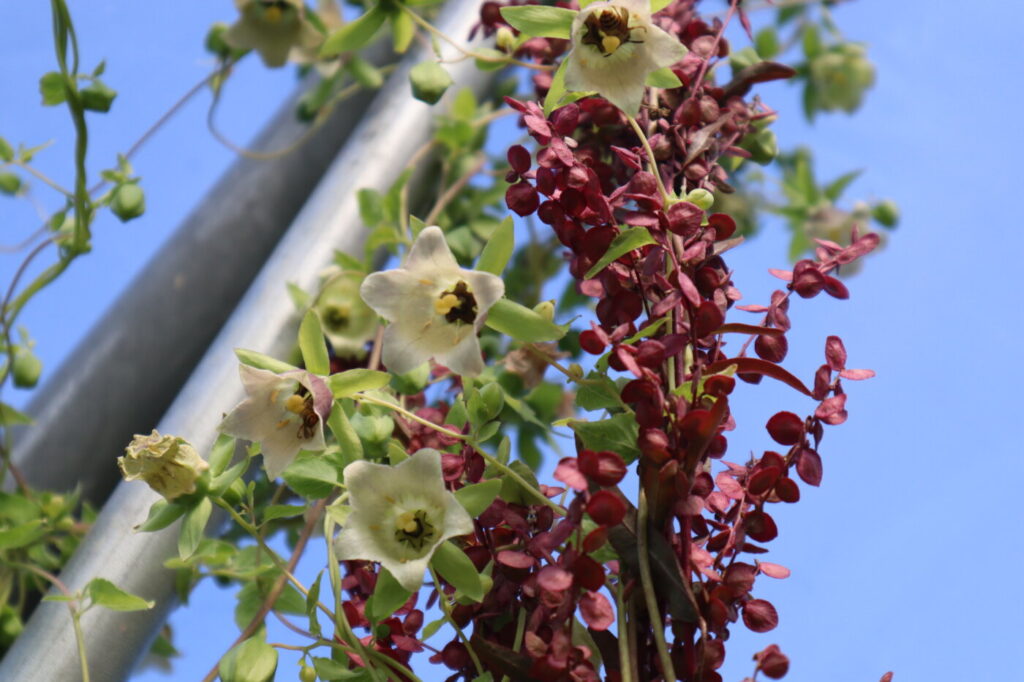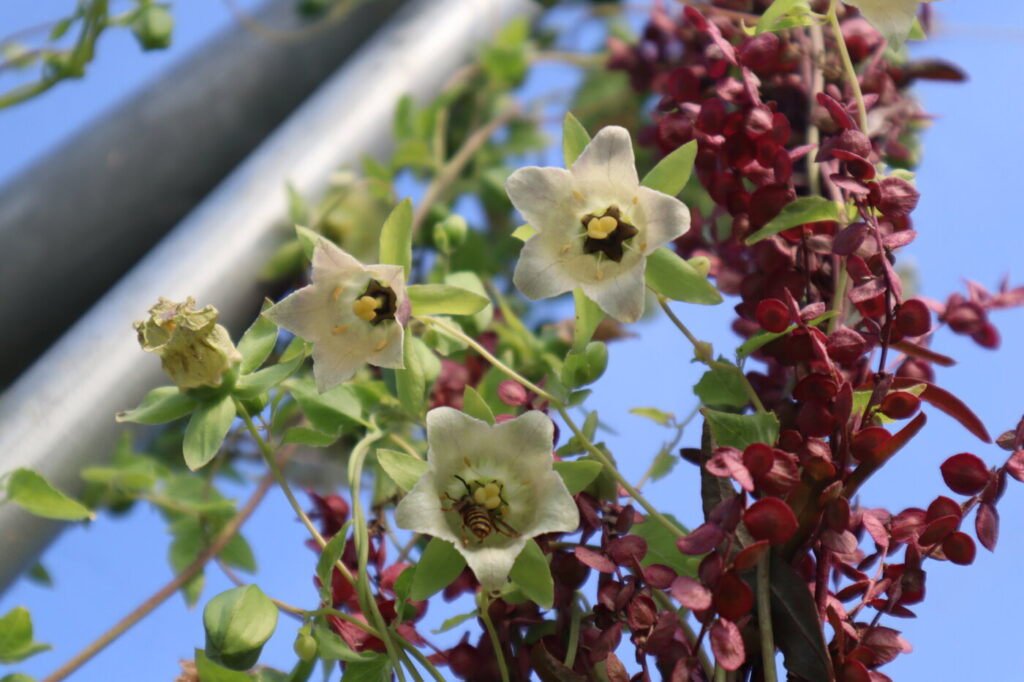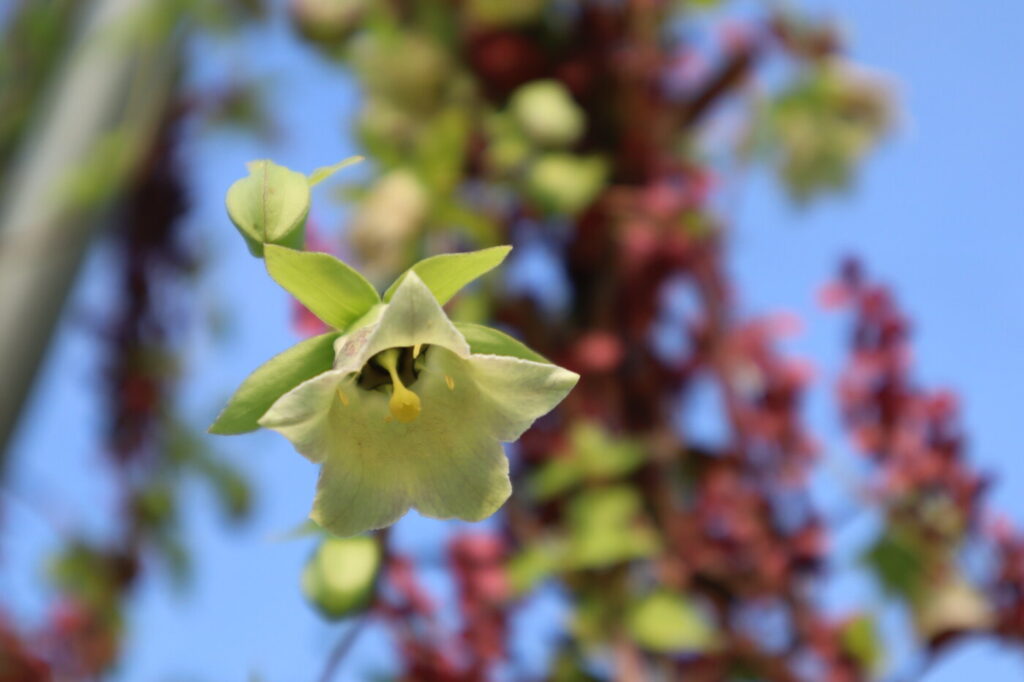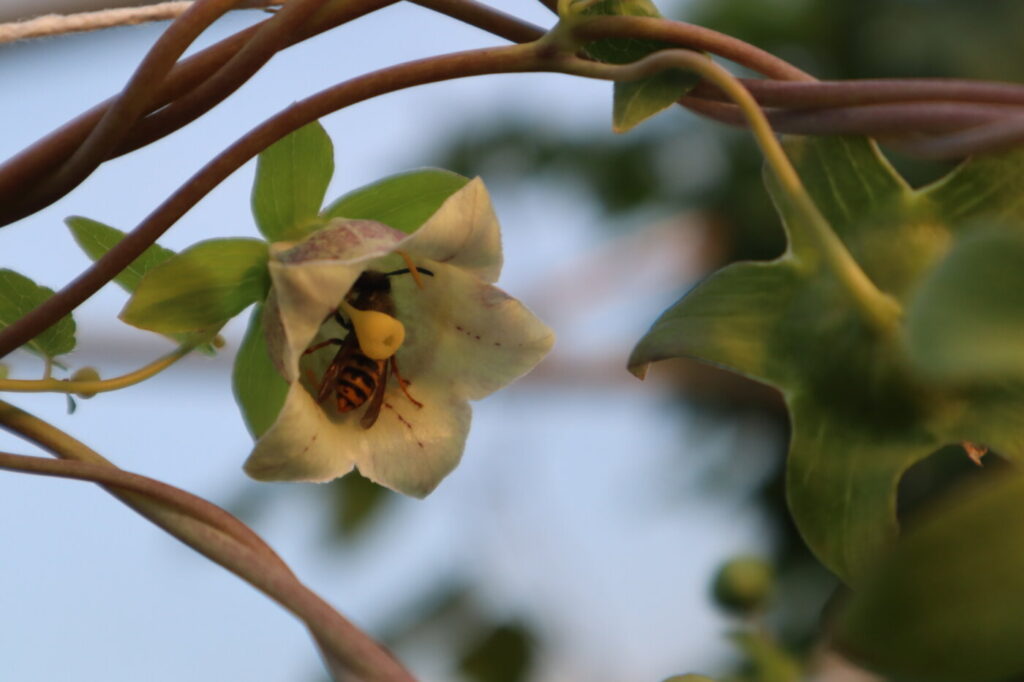Stephen Barstow´s Around the World in 80 Plants profiles in detail the 80 best plants that Stephen recommends for growing in his near Arctic conditions at the 63rd parallel. Being several degrees south at the 59th, the following plants are the ones from his book which I have connected to and which I recommend. But I have also taken inspiration to follow in Stephens footsteps and play with diversity, starting wherever possible from seeds.
The genus that Stephen has sent me the most seeds of by far is Allium of which most people are familiar with bulb onions (Allium cepa) and garlic (Allium sativum). I have chosen 8 of the 20 some Allium species in Around the World as the ones I focus on. They are:
Nodding Onion (Allium cernuum)
Welsh Onion (Allium fistulosum)
Egyptian Walking Onion (Allium x proliferum)
Victory Onion (Allium victorialis)
Steppe Onion (Allium nutans)
Garlic (Allium sativum)
Ramsons (Allium ursinum)
Himalayan Onion (Allium wallichii)
I also add leek (Allium ampeloprasum) as there are many varieties including exciting highly productive perennials. Being slightly more interested in yield per plant than Stephen I find leek to be too good to pass up. They are quite hardy and are starting to compete with garlic as the most eaten allium on the farm. so far the variety Belgian Breeders Winter Mix which I got from Frank Morton at Wild Garden Seeds is the most productive. I hope this year to reproduce several other varieties that are perennial and that make bulbils like hard neck garlic. I also have a project going trying to cross it with Elephant Garlic (Allium ampeloprasum var. ampeloprasum), which is closely related to leek. I have selected individuals that have similar characteristics of making baby cloves at the base of the plant in the hopes that they will cross and give me a garlic tasting leek with large elephant garlic at the base which also make baby cloves and seeds (fingers crossed).
The remaining plants that I have included in a significant way into my farm in order of prevalence are:
Lovage (Levisticum officinale), Caucasus Spinach (Hablitzia tamnoides), Perennial Rucola (Diplotaxis tenuifolia ), Asparagus (Asparagus spp.), Sorrel (Rumex acetosa), Udo (Aralia cordata), Kale (Brassica oleracea), Mitsuba (Cryptotaenia japonica), Caraway (Carum carvi).
I will save going through the uses of each of these as well as tips on seed saving for later blog plant profiles, but I will say that these have been good friends of mine and have taught me the basics about seed saving as well as fed me and my family for years. In most cases I have already built up stock and sell plants at local markets. but some like Nodding and Himalayan onion take time to build up stock and I hope to make them available when I have enough.
In addition to the 17 of my favorites of Stephen’s I am adding three of my own. In addition to leek and in keeping with Stephens Far East vibe I would add Japanese Mountain Sweet Potato Yamaimo (Dioscorea japonica). This beautiful and special plant is also covered in Eating Wild Japan by Winifred Bird (2021).
Where Stephen is the perennial wizard of “edimental” (eatable and ornamental) plants, his bearded twin in the States, Joe Hollis is the perennial wizard of traditional medicinal herbs. I have tried several of his recommended medicinals and hope one day to establish both ginseng (Panax ginseng) and wasabi (Wasabia japonica)on the farm—though I may be a grey beard too by then. I have succeeded with getting “Poor Man’s Ginseng” (Codonopsis pilosula) and her beautiful sister (Codonopsis lanceolata) to flower and seed after three years. The root of pilosula can act as a substitute for Panax ginseng and will have to do for now.

